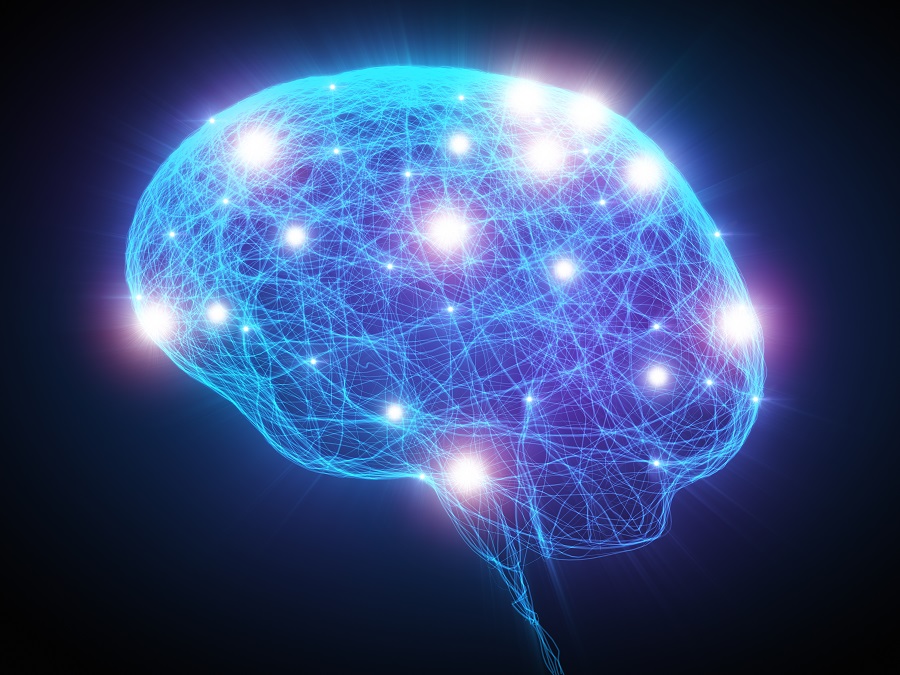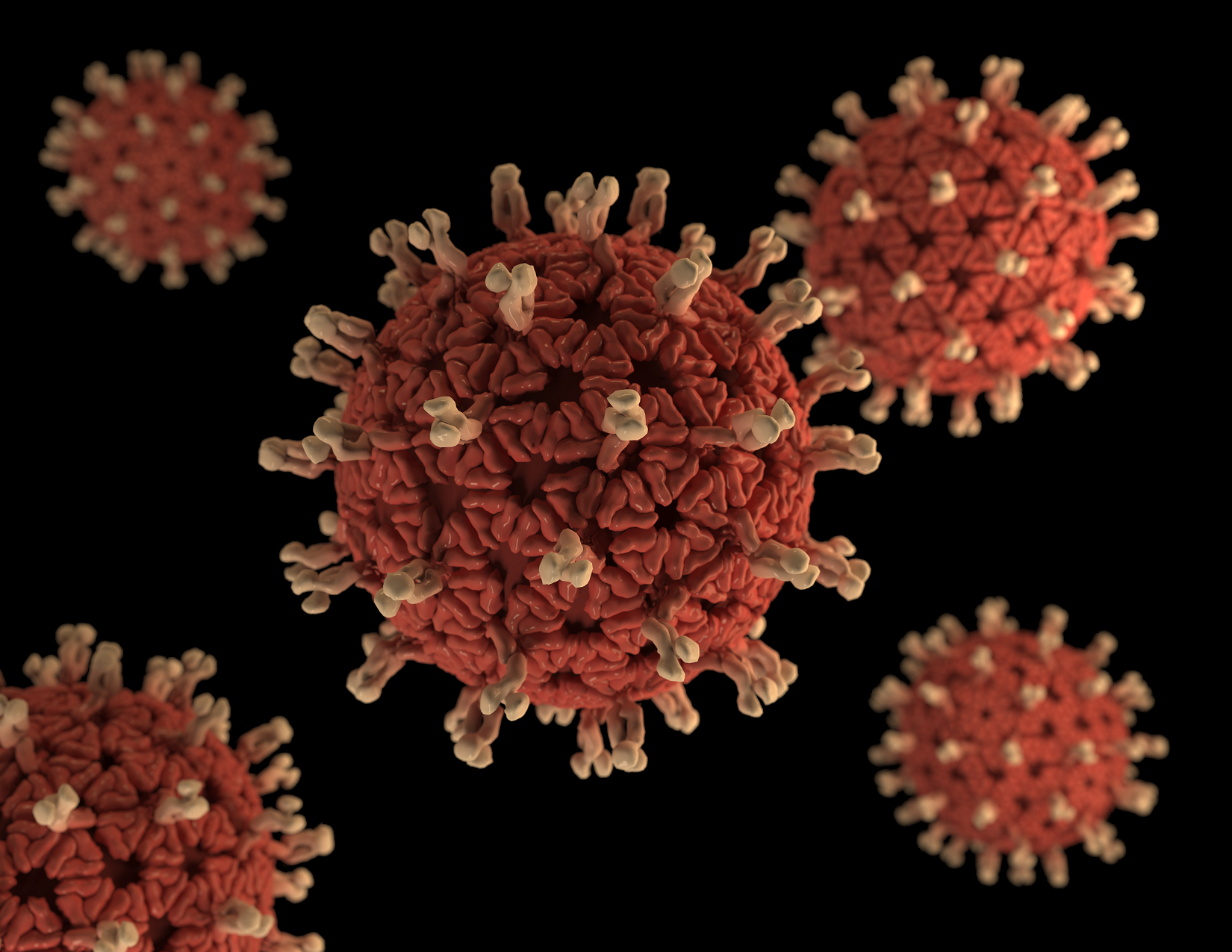Tracing outlines on the brain triggers shape perception
‘Seeing’ without eyes may one day become a reality for blind people whose eyes or optic nerve, but not the visual cortex of the brain, have been damaged. At Baylor College of Medicine, Dr. Daniel Yoshor, Dr. Michael Beauchamp and their colleagues have developed an approach that bypasses the eye and directly stimulates the brain allowing blind people to perceive shapes.
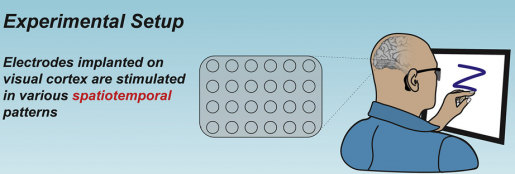
Previous attempts to stimulate the visual cortex have been less successful. Earlier methods used electrodes implanted in the brain and treated each electrode like a pixel in a visual display, stimulating many of them at the same time. Participants could detect spots of light but found it hard to discern visual objects or forms.
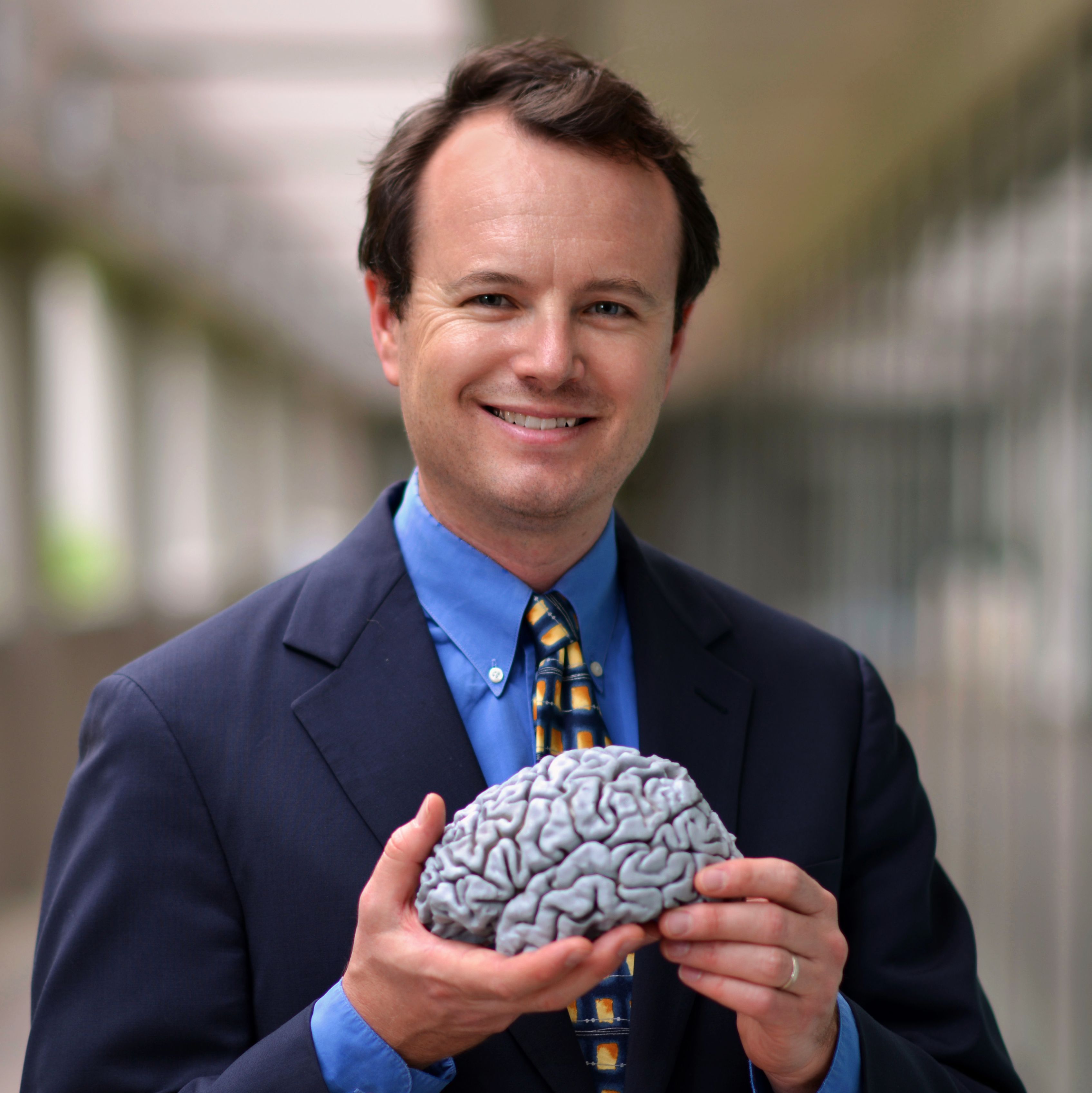
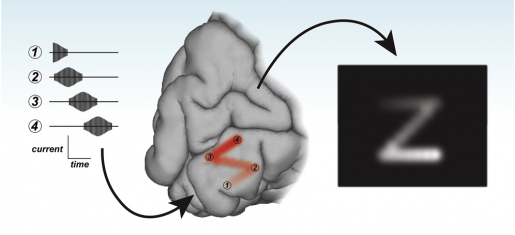
“Our approach also uses implanted electrodes, but, rather than trying to build shapes from multiple spots of light, we traced outlines,” said Beauchamp, professor in neurosurgery, director of the Core for Advanced MRI and first author on the paper. “Our inspiration for this was the idea of tracing a letter in the palm of someone’s hand.”
“When we used electrical stimulation to dynamically trace letters directly on patients’ brains, they were able to ‘see’ the intended letter shapes and could correctly identify different letters,” said Yoshor, professor and chair of neurosurgery and senior author on the paper. “They described seeing glowing spots or lines forming the letters, like skywriting.”

The investigators tested the approach in four sighted people who had electrodes implanted in their brains to monitor epilepsy and two blind people who had electrodes implanted over their visual cortex as part of a study of a visual cortical prosthetic device. Stimulation of multiple electrodes in sequences produced perceptions of shapes that subjects were able to correctly identify as specific letters.
The approach, the researchers say, demonstrates that it could be possible for blind people to regain the ability to detect and recognize visual forms by using technology that inputs visual information directly into the brain, should they wish to. The researchers note, however, that several obstacles must be overcome before this technology could be implemented in clinical practice.
“The primary visual cortex, where the electrodes were implanted, contains half a billion neurons. In this study we stimulated only a small fraction of these neurons with a handful of electrodes,” Beauchamp said. “An important next step will be to work with neuroengineers to develop electrode arrays with thousands of electrodes, allowing us to stimulate more precisely.
Together with new hardware, improved stimulation algorithms will help realize the dream of delivering useful visual information to blind people.”
The study was published in the journal Cell.
This work was supported by the National Institutes of Health.


